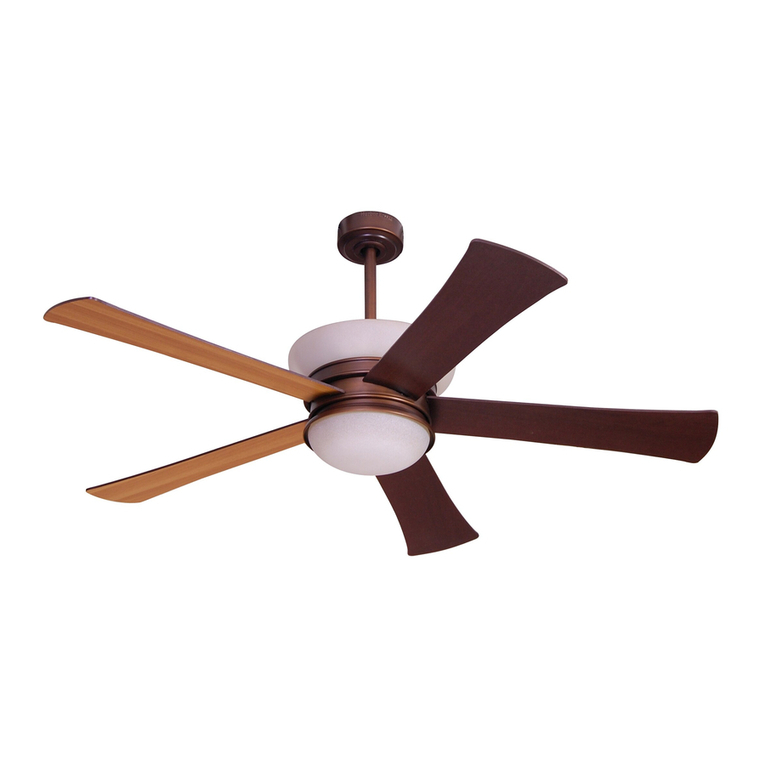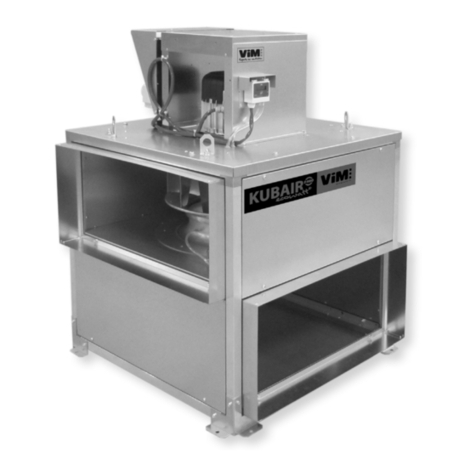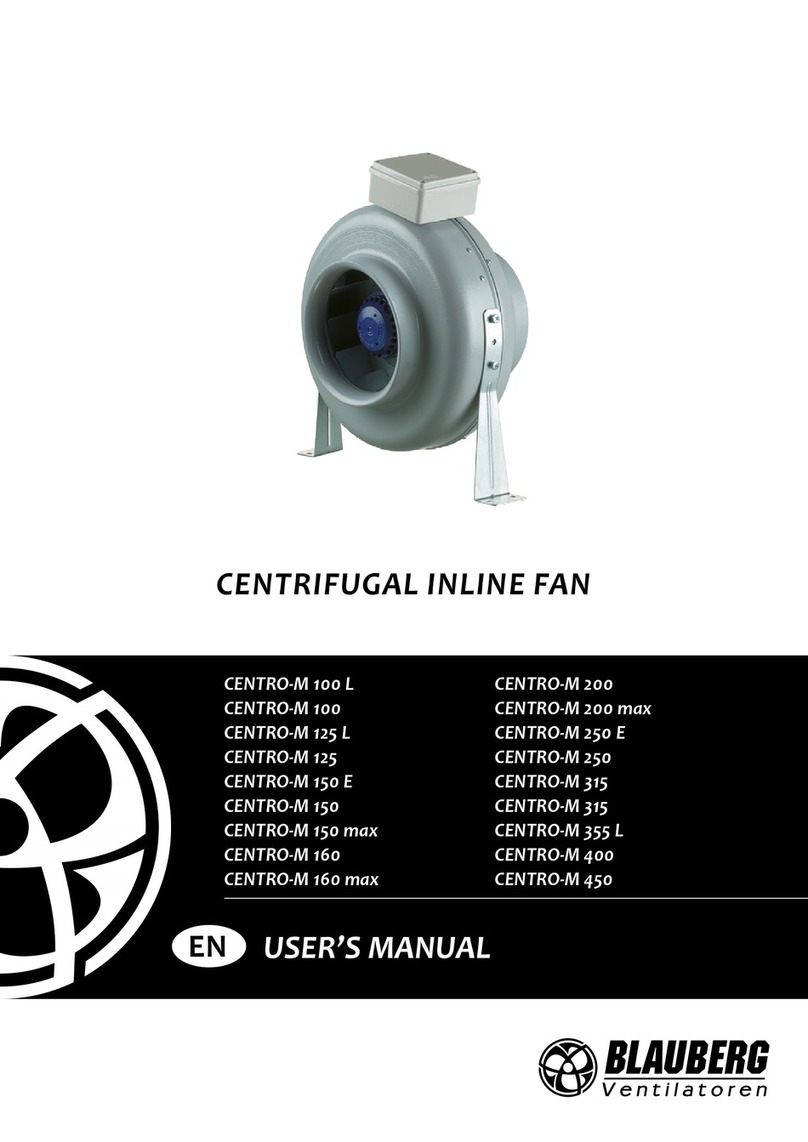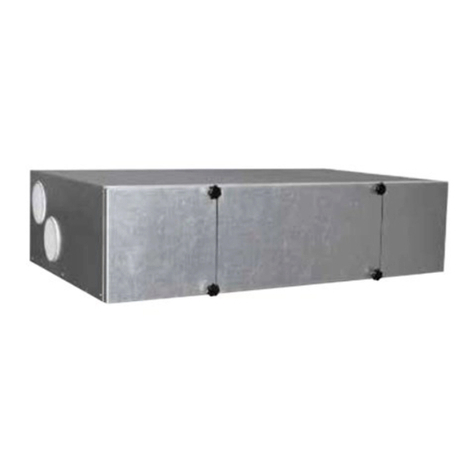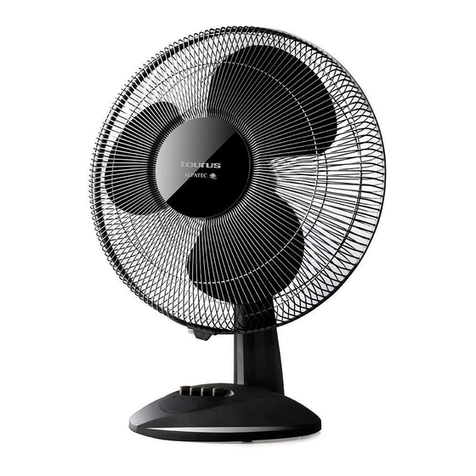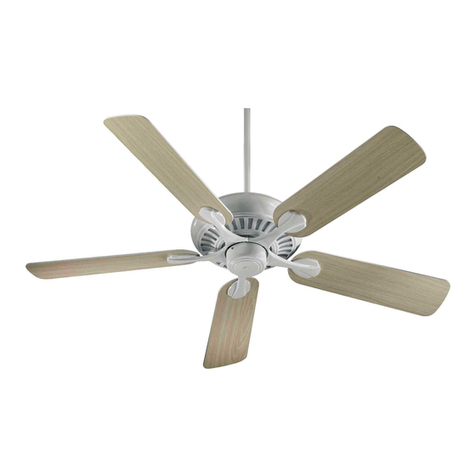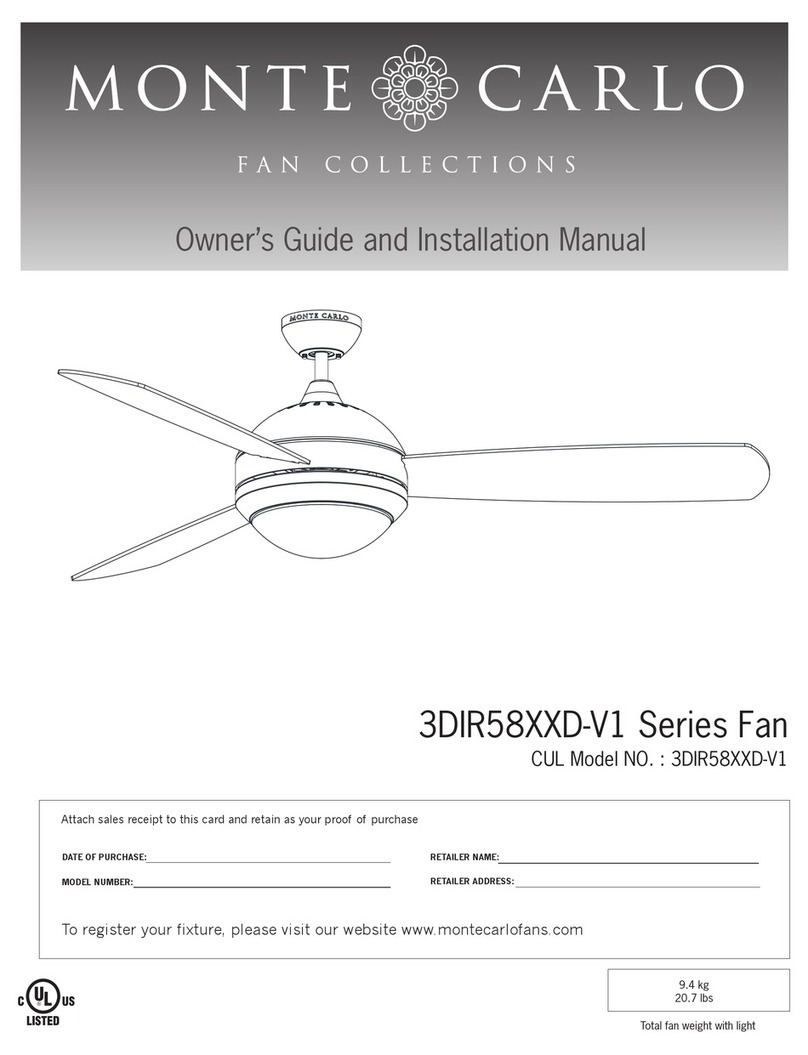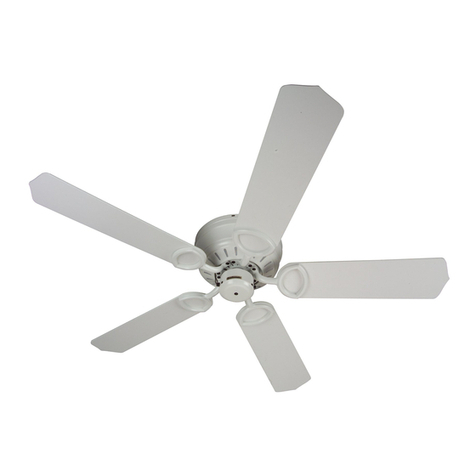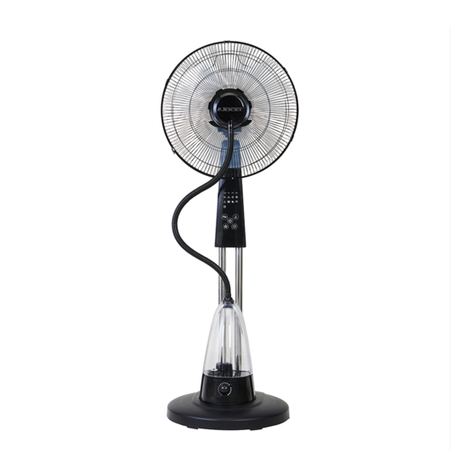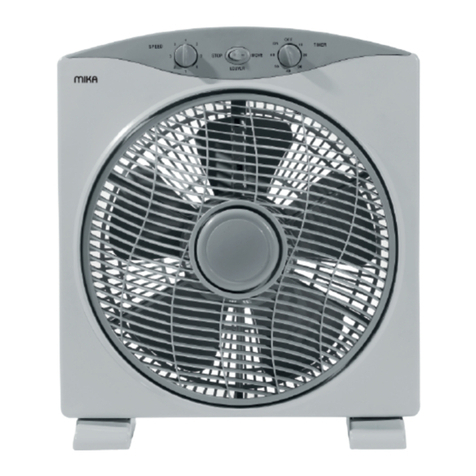
04
EN
GENERAL INDEX
1. INTRODUCTION .................................................................................................................................................................... 06
1.1 General informaon ........................................................................................................................................ 06
1.2 Purpose and Content of the Instrucons ........................................................................................................ 06
1.3 Storage of instrucons .................................................................................................................................... 06
1.4 Instrucons update ......................................................................................................................................... 06
1.5 How to use these instrucons ........................................................................................................................ 06
1.6 Residual Risks .................................................................................................................................................. 07
1.7 General Safety Symbols ................................................................................................................................... 09
1.8 Safety Symbols ................................................................................................................................................. 10
1.9 Limits of use and prohibited uses ................................................................................................................... 11
1.10 Unit idencaon .......................................................................................................................................... 11
2. TECHNICAL CHARACTERISTICS ............................................................................................................................................ 12
2.1 Introducon ..................................................................................................................................................... 12
2.2 Structure .......................................................................................................................................................... 12
2.3 Heat recovery .................................................................................................................................................. 12
2.4 Air lters .......................................................................................................................................................... 13
2.5 Fans .................................................................................................................................................................. 13
2.6 Test ................................................................................................................................................................... 13
2.7 Packing ............................................................................................................................................................. 13
3. VERSIONS ............................................................................................................................................................................. 13
3.1 Version CONTROL BASIC .................................................................................................................................. 13
3.2 Version CONTROL EVO COP ............................................................................................................................ 13
3.3 Version CONTROL EVO CAV ............................................................................................................................. 14
4. CONFIGURATIONS ................................................................................................................................................................ 14
5. MAIN COMPONENTS OF THE UNIT ..................................................................................................................................... 15
6. AVAILABLE ACCESSORIES ..................................................................................................................................................... 16
7. OPERATING MODE ............................................................................................................................................................... 18
7.1 Winter operang mode ................................................................................................................................... 18
7.2 Summer operang mode ................................................................................................................................ 18
7.3 Free-Cooling operang mode ......................................................................................................................... 18
8. TECHNICAL DATA ................................................................................................................................................................. 19
9. VENTILATION CURVES ......................................................................................................................................................... 20
10. OPERATING LIMITS ............................................................................................................................................................ 23
11. SOUND DATA ...................................................................................................................................................................... 24
11.1 Noise levels .................................................................................................................................................... 24
11.2 Sound aenuators reducon ........................................................................................................................ 24
12. SAFETY AND CONTROL DEVICES ....................................................................................................................................... 25
13. INSTALLATION ................................................................................................................................................................... 26
13.1 Receipt and inspecon .................................................................................................................................. 27
13.2 Storage ........................................................................................................................................................... 27
13.3 Unpacking ...................................................................................................................................................... 27
13.4 Liing and Handling ...................................................................................................................................... 28
13.5 Posioning ..................................................................................................................................................... 29
13.5.1 Preliminary noce ...................................................................................................................................... 29
13.5.2 Service area requirements ......................................................................................................................... 31
13.6 Secon coupling and bolng ......................................................................................................................... 31
13.7 Hydronic connecons .................................................................................................................................... 33
13.8 Hydraulic connecon to the exchange coils ................................................................................................. 33
13.8.1 Water coils .................................................................................................................................................. 33
13.8.2 Direct expansion coils ................................................................................................................................ 34
13.9 Anfreeze electric coil secon ...................................................................................................................... 34
13.10 Connecng the unit to air ducts ................................................................................................................. 35

